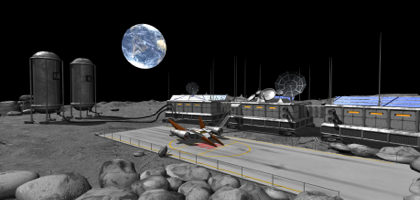
“I never learn anything talking. I only learn things when I ask questions.”
–Lou Holtz
A few days ago I read a post on Harvard Business Review entitled, “Interview Questions Every Change Agent Must Ask“. The title caught my eye, so I took a look. Here is the essence of the three questions suggested by the authors:
- What does the organization want to see changed over the next 12-18 months? Within this broad category, ask sub-questions about processes, technology, and company culture.
- What does the organization wish to preserve over the next 12-18 months? Again, ask about processes, technology, culture. Listen carefully to the responses for each, with an ear towards sorting the back-burner issues from “what makes us special” factors. If you don’t get a clear sense between what is “back burner” versus what “makes us special,” ask for clarity.
- What does the organization wish to avoid at all costs over the next 12-18 months? Every organization has its sacred cows. You may be told “There are no sacred cows. You will have carte blanche to change things as you see fit.” You should interpret that statement as, “We are not yet comfortable enough with you to discuss this issue. But we appreciate that you recognize it as an issue.”
I read through these questions and reflected upon my own dealings with change. I saw some positives, yet I also saw something missing from these questions.
The positives: Answers will identify items around desires – what the organizations wishes to change or preserve. This recognizes those items that have been thought about consciously one way or the other.
The negatives: Questions 2 and 3 seem to be asking the same thing, essentially. They only differ in degree between what is to be preserved versus what is a sacred cow (also to be preserved; otherwise, it wouldn’t be a sacred cow). I didn’t see a question that explored the unconscious targets for change or preservation, or to identify “needs” separately from “wants.”
With this in mind, my list of questions keeps the first question in tact, and combines questions 2 and 3. To this list I add a new third question.
- What does the organization want to see changed over the next 12-18 months? Within this broad category, ask sub-questions about processes, technology, and company culture.
- What does the organization wish to preserve or avoid at all cost over the next 12-18 months? Again, ask about processes, technology, culture. Listen carefully to the responses for each, with an ear towards sorting the back-burner issues from “what makes us special” factors and for sacred cows. If you don’t get a clear sense between what is “back burner” versus what “makes us special,” ask for clarity. Listen for boundaries of what is not to be touched, or for what is not being said today.
- What key challenges does the organization face over the next 12-18 months? This is an opening to get at hot button topics that may be driving risk or underlying issues that have not been addressed. It also separates the “want” responses for questions 1 and 2 from the “need” – what needs to be changed, and what needs to be preserved.
If you’re a change agent talking to a prospective organization about change, try these three questions. After all, as Coach Holtz said, you won’t learn by talking; you’ll learn by asking questions.
Now that you’ve seen my list, what have I missed?
Text © 2011 Joe Williams
Photo courtesy of iStockphoto/Biitly








You must be logged in to post a comment.